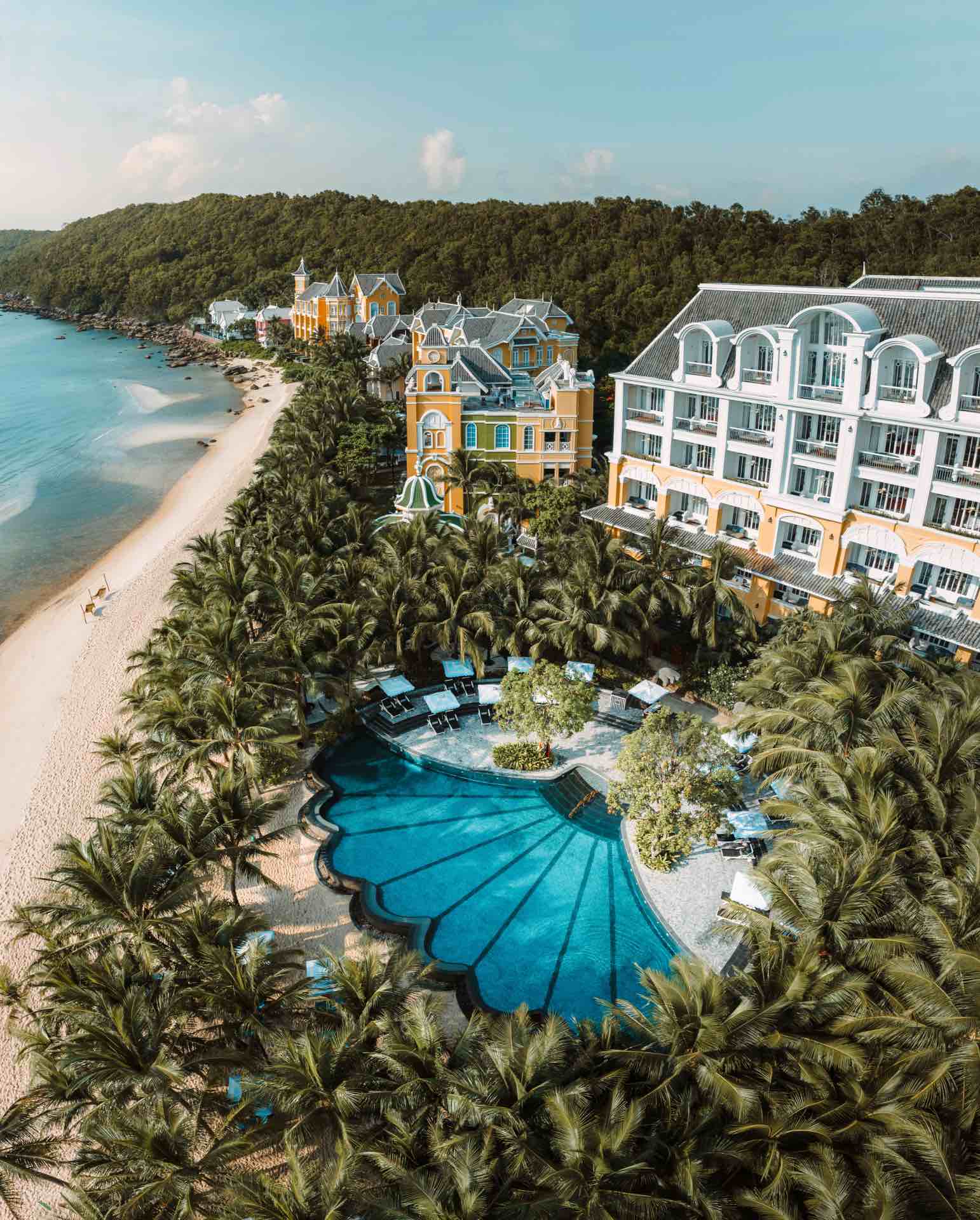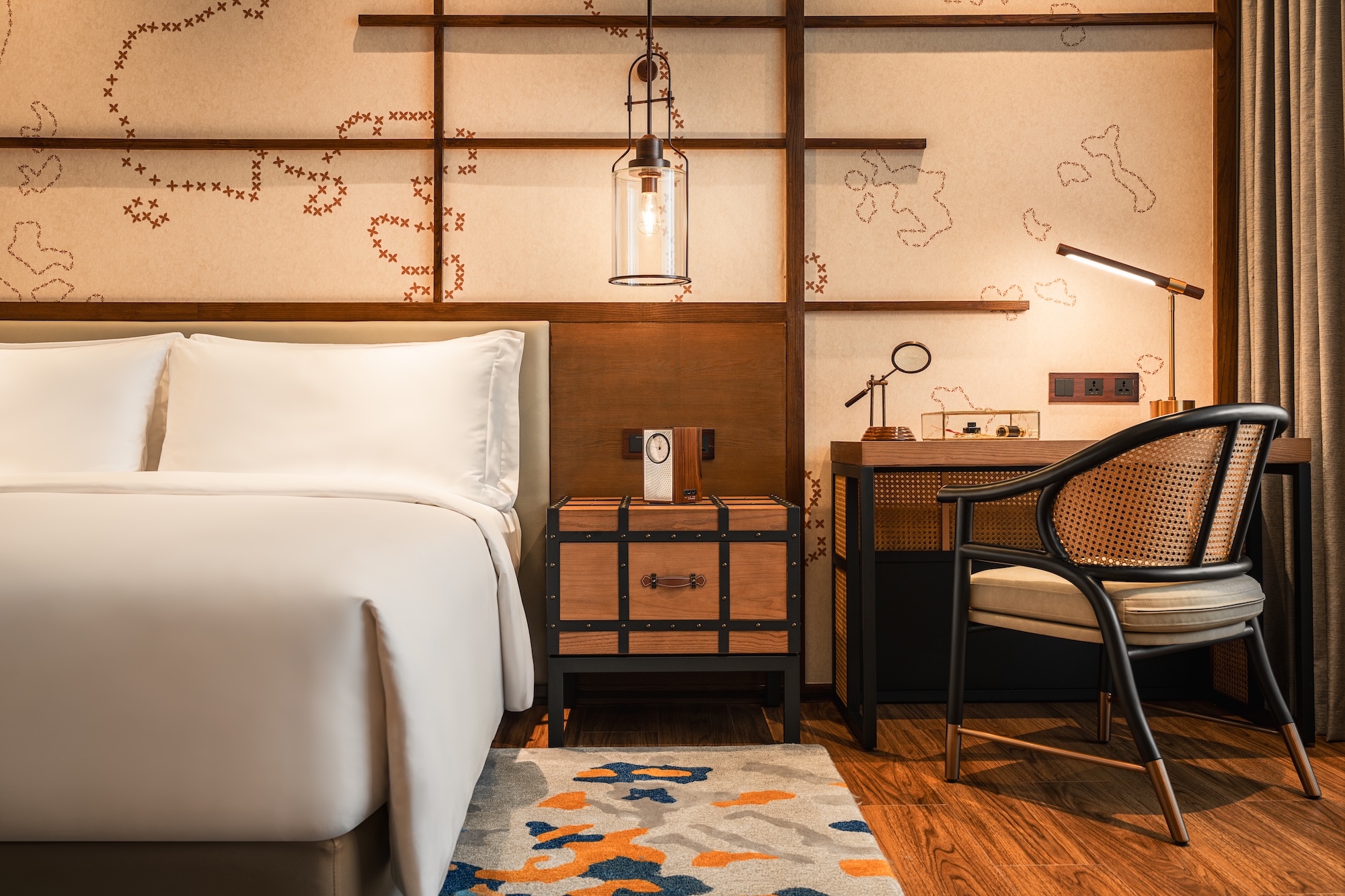The northern Sri Lankan city of Jaffna has returned to normalcy now that the region has recovered from civil conflict. Jose Jeuland headed there in hopes to be one of the first to experience the place for himself and to capture sights of the city and its people on camera, immortalizing this yet untouched place’s post-war imagery. Photography by Jose Jeuland.
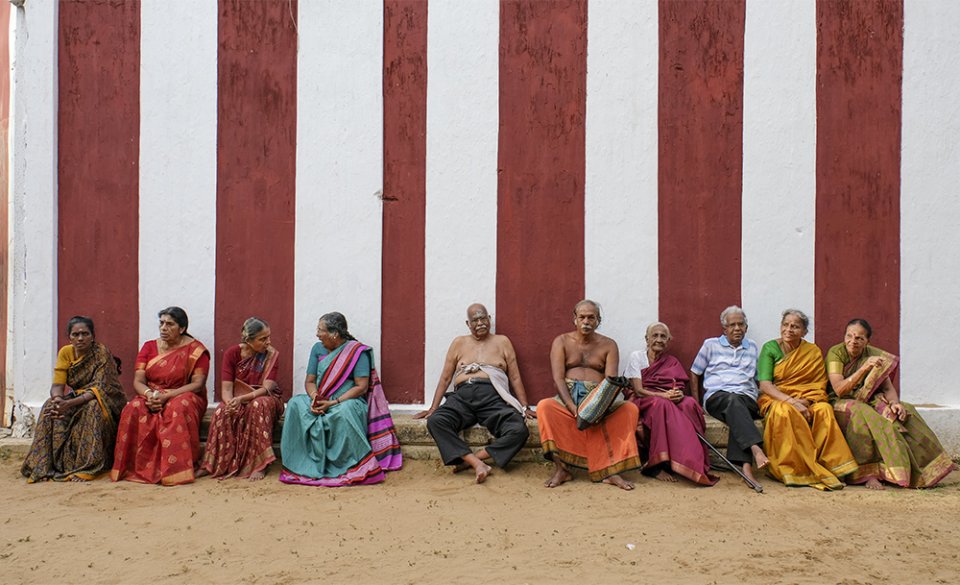
Peace—a state where everything is in harmony, uninterrupted by the seemingly chaotic nature of life. This is how I felt when I first stepped foot into Jaffna, the capital of the northern province of Sri Lanka.
Eight years after the end of Sri Lanka’s civil war, the province is still in the process of rebuilding itself. The roads to Jaffna were opened to visitors, both Sri Lankans and international tourists, only a few years ago after two and a half decades of civil strife. That’s a really long time being closed off to the outside world. Seeing this as my chance to experience the city, I decided to capture the local sights on camera before it gets busy with tourists roaming around. If you have not heard of Jaffna until now, it is time you bookmark this city for a trip because it is starting to open up.
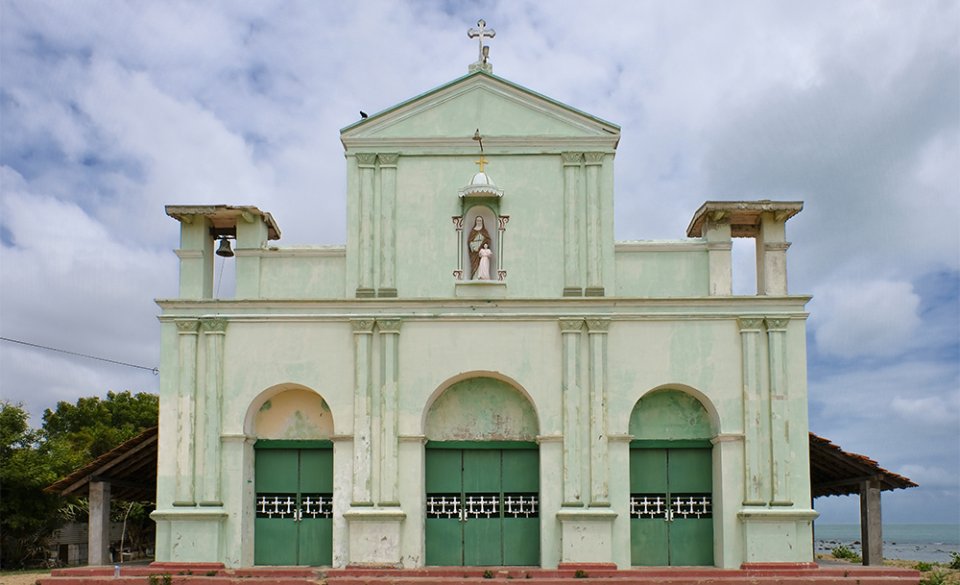
Leaving the ever-familiar sights of Singapore, I embarked on this trip with my wife and my photography equipment— the only two things I need during my travels. And to get to Jaffna, I first flew into Colombo, then to Negombo, and finally entering Jaffna via their local bus service.
Arriving there, we soon realized that there weren’t many hotels and guesthouses like what we would normally expect. Despite the limited housing options available to us, we were able to find ourselves a cozy little room to call home for a week. Luckily, the owner was a very amicable and hospitable man who ensured that our needs were well taken care of, even though most food places in Jaffna only serve vegetarian dishes due to the huge Hinduism influence there.
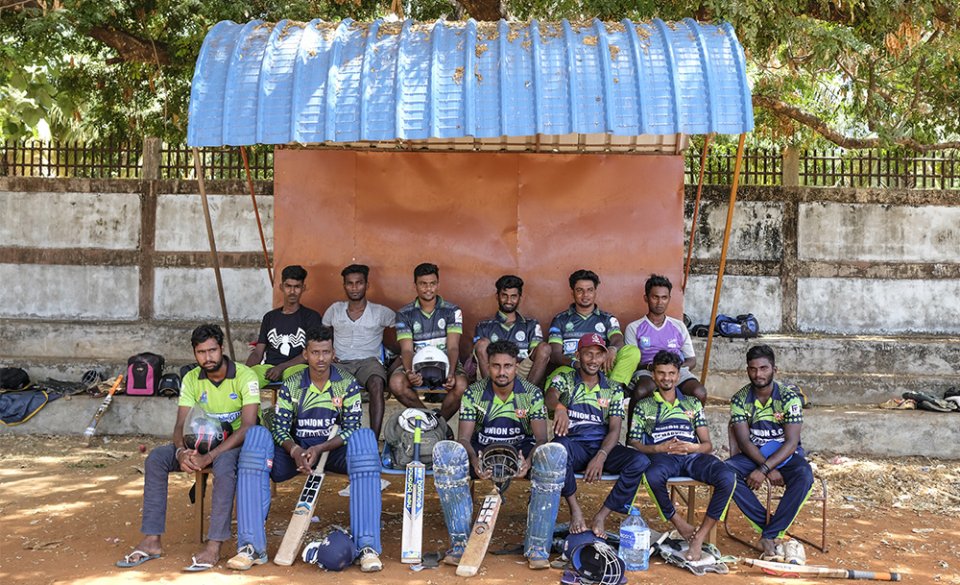
Though the locals have not seen many tourists around before, and I definitely stand out in the crowd because of my ethnicity, they were not afraid of me. Instead, they were very curious about me, my culture, where I came from and why I do what I do. Plus, all of them approached me with such friendliness that I could feel the palpable warmth emanating from them.
Besides the people, the city itself is also a charmer, waiting for people to explore the gems hidden in the corners of its streets and to fall in love with it. If there is one city that could defy one’s expectations of rural areas, it would definitely be Jaffna. Despite the city still in the early stages of economic and social development, I have managed to experience much of this city’s small town charm by revisiting the country’s colonial history at the Dutch Fort, as well as exposing myself to Jaffna’s literary scene by going on library walks, watching people engage in a game of cricket, and tracing the roots of the city as a fishing village by talking to local merchants.
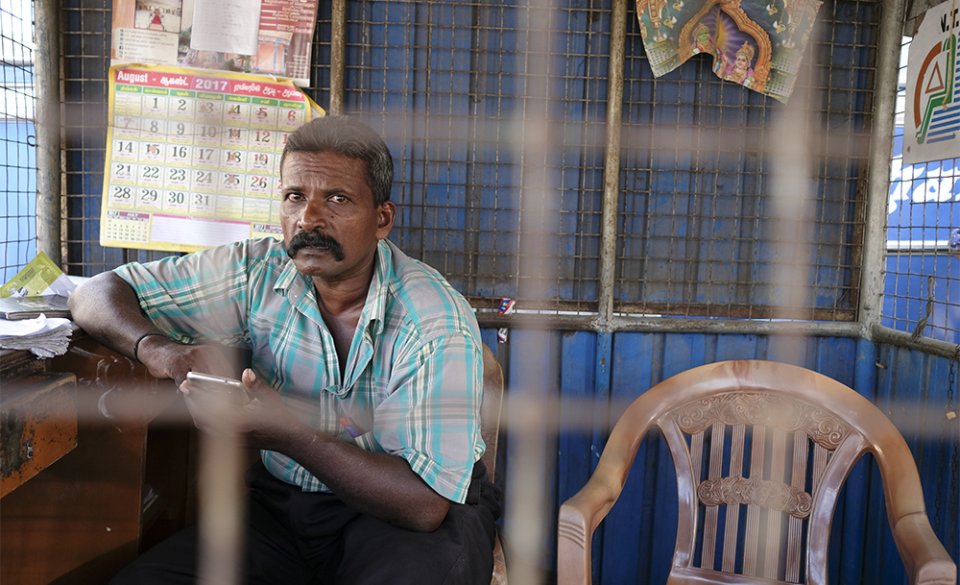
During my one-week stay in Jaffna, I was very lucky to have experienced one of the largest festivals there that’s held at the greatest temple grounds in Sri Lanka, the Hindu Chariot Festival. Commonly known by the locals as Nallur Kovil Thaer Thiruvizha, the ceremonial process involves devout locals praying, as a chariot is pulled from one temple ground to another, passing by the homes of locals.
As residents congregate for a common purpose, they no longer seem to be strangers to one another. Instead, they are one big family. And that’s part of the purpose of such celebrations—to form strong communal bonds. In the absence of technology, the locals entertain themselves through simple chit-chat and the sharing of personal experiences with one another. Their traditional way of living brought back nostalgic memories of growing up in a small town in France. Life was definitely much simpler then.
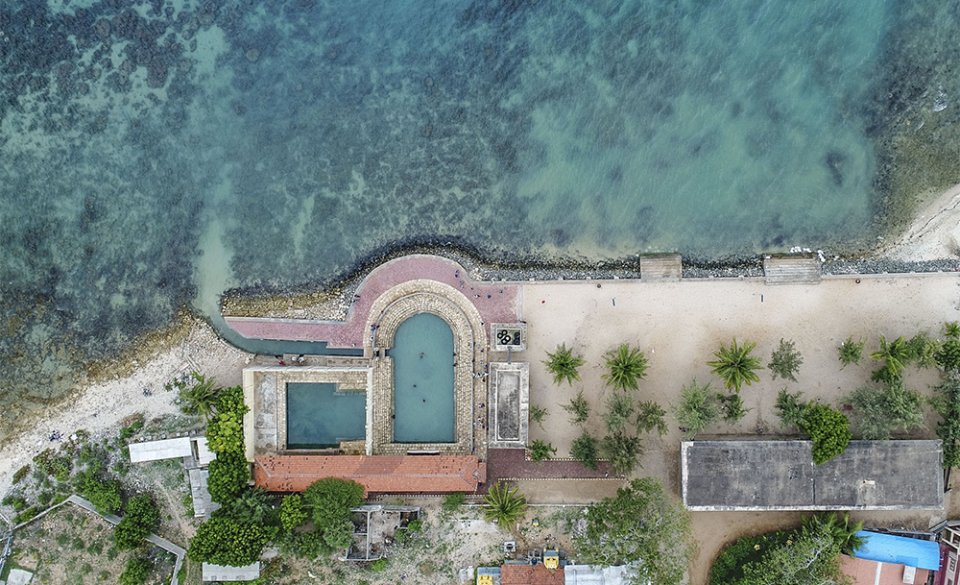
On my eighth day of stay in Jaffna, I ventured further up north to the Keerimalai springs and Naguleswaram temple, where I spent a further three days. Again, I had to take the local bus service there—there was simply no other way—and wasn’t disappointed as my fellow riders kept me entertained with spirited conversations.
When the bus pulled into the designated drop-off point, everyone hopped off the bus and went their separate ways while I started on my search for the Naguleswaram temple– my home for the next two nights. With some help from the friendly locals, I managed to locate the temple that was still undergoing restoration works then. A few rooms were built next to the temple to provide guests with a roof over their heads.
The Keerimalai springs were amazingly beautiful. You can often spot people soaking their tired feet and immersing their worn-out bodies into the clear and calming spring waters to rejuvenate themselves. The sight of children playing around in the serene surrounds without a worry in the world is truly a rare sight to behold in today’s world.
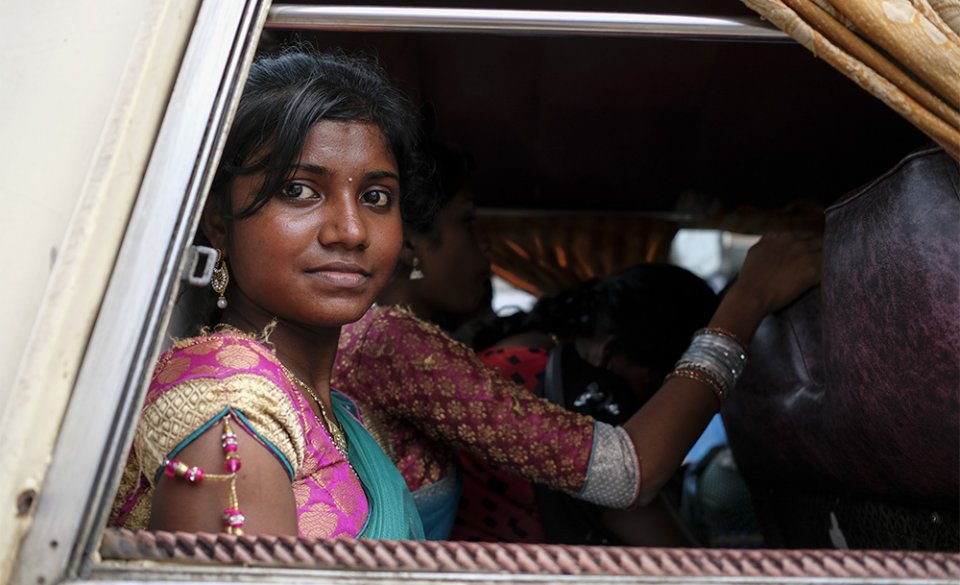
Having travelled extensively, I realize that underneath our visible differences— the ones that make cultures, groups, individuals and foods unique—we all have one common thread: an inherent friendliness towards others. We are all human beings and we are naturally hospitable towards others.
In life, we’ve become so accustomed to our daily work routine and urban pace to the point that it becomes the norm. But this excursion to Jaffna and Keerimalai has shown me a different side to life—that simplicity can often be the source of happiness. It is all the more poetic too, that a people that has seen so much violence and con ict due to civil strife have managed to stay so jovial and trusting of others. This is a lesson I will not soon forget.


